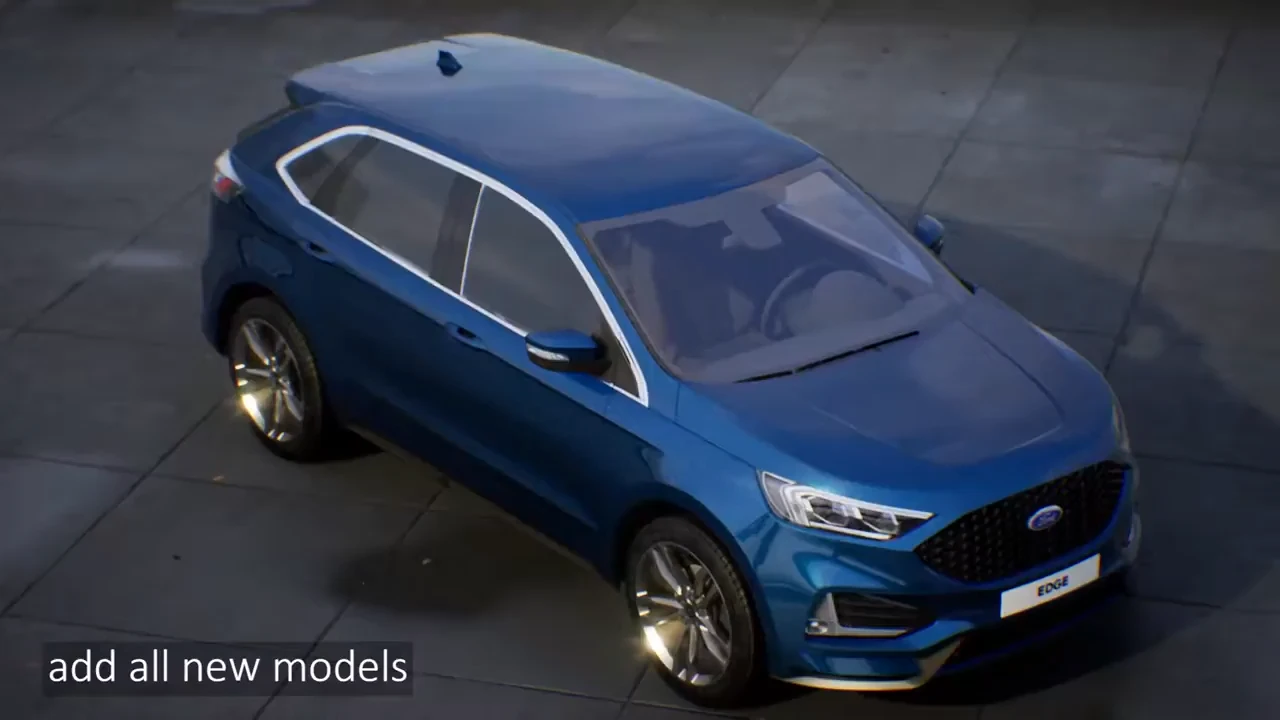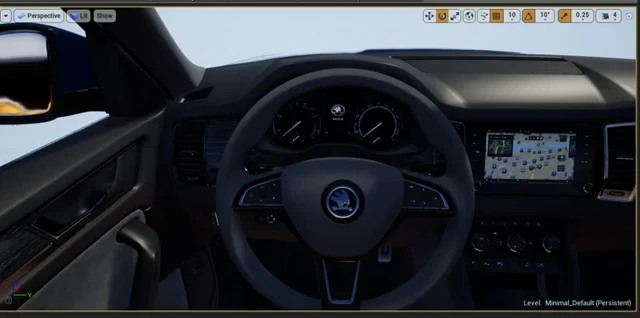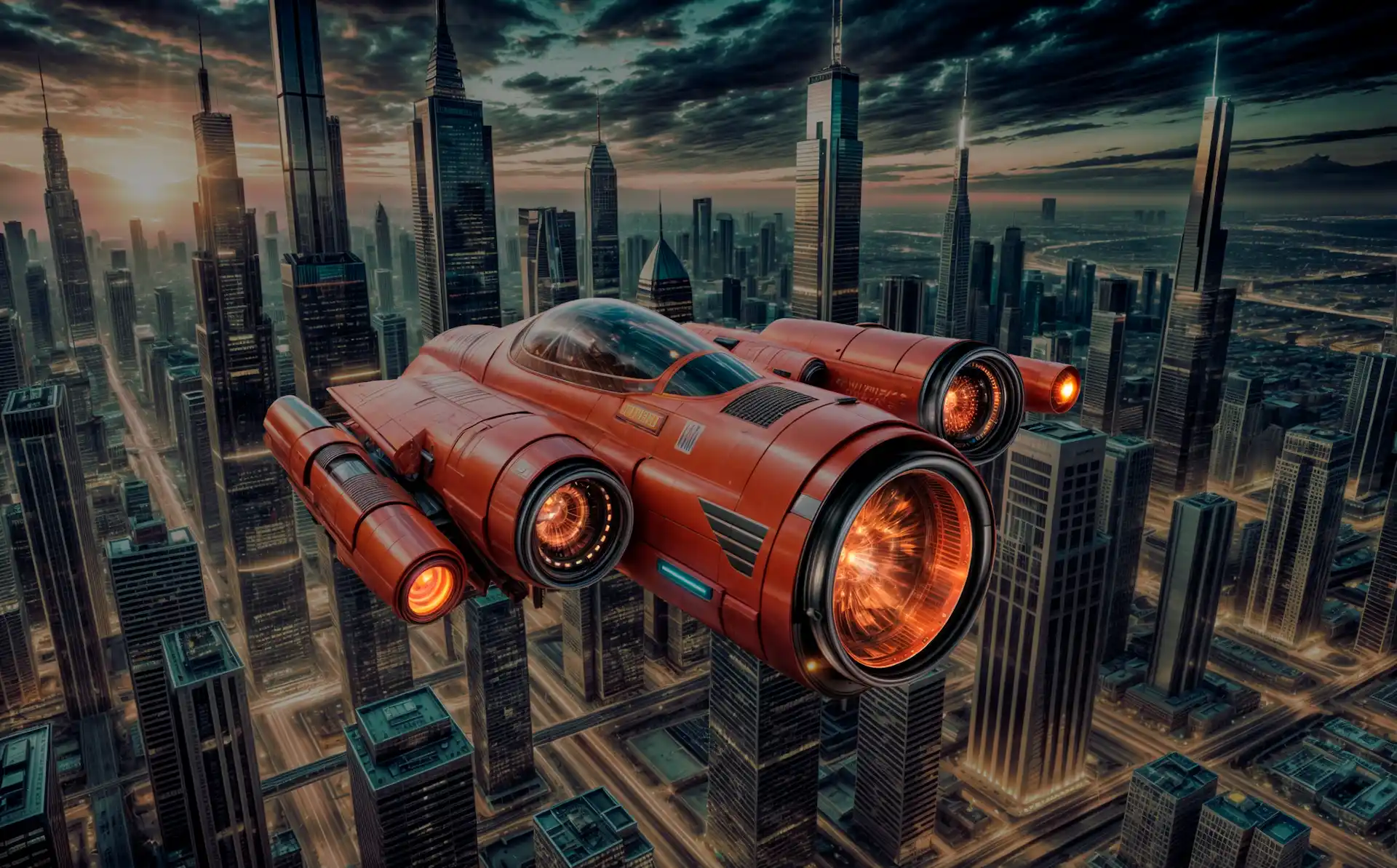Automotive VR (Video Case)
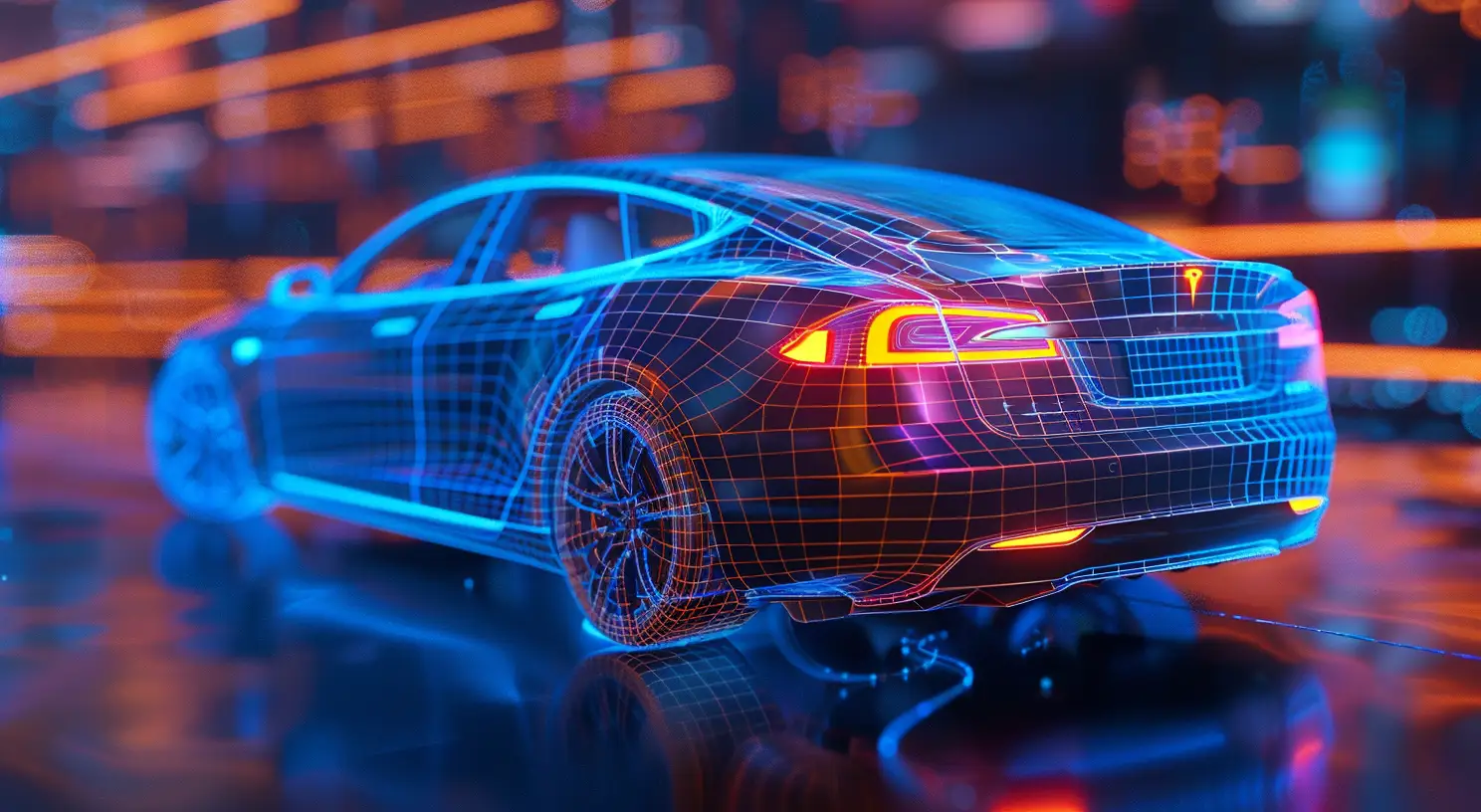
The impact of VR in the automotive industry is reflected in measurable success. Studies show that virtual showrooms can increase customer engagement by 30% and reduce sales cycle time by 20%. Automotive brands implementing VR-based prototyping have cut development costs by up to 15% while accelerating design processes by 25%. Additionally, VR test drives have been shown to boost purchase intent by 18%, providing a risk-free, immersive alternative to traditional test drives. These figures highlight how VR is transforming both customer experience and manufacturing efficiency in the automotive sector.
Technological Implementation
The VR solutions were designed to be compatible with various platforms, including Samsung Gear VR, HTC Vive, Sony PlayStation VR, Oculus Rift, and Google Cardboard. This compatibility ensures a wide range of accessibility for users, allowing them to engage with the virtual vehicle simulations across different devices.
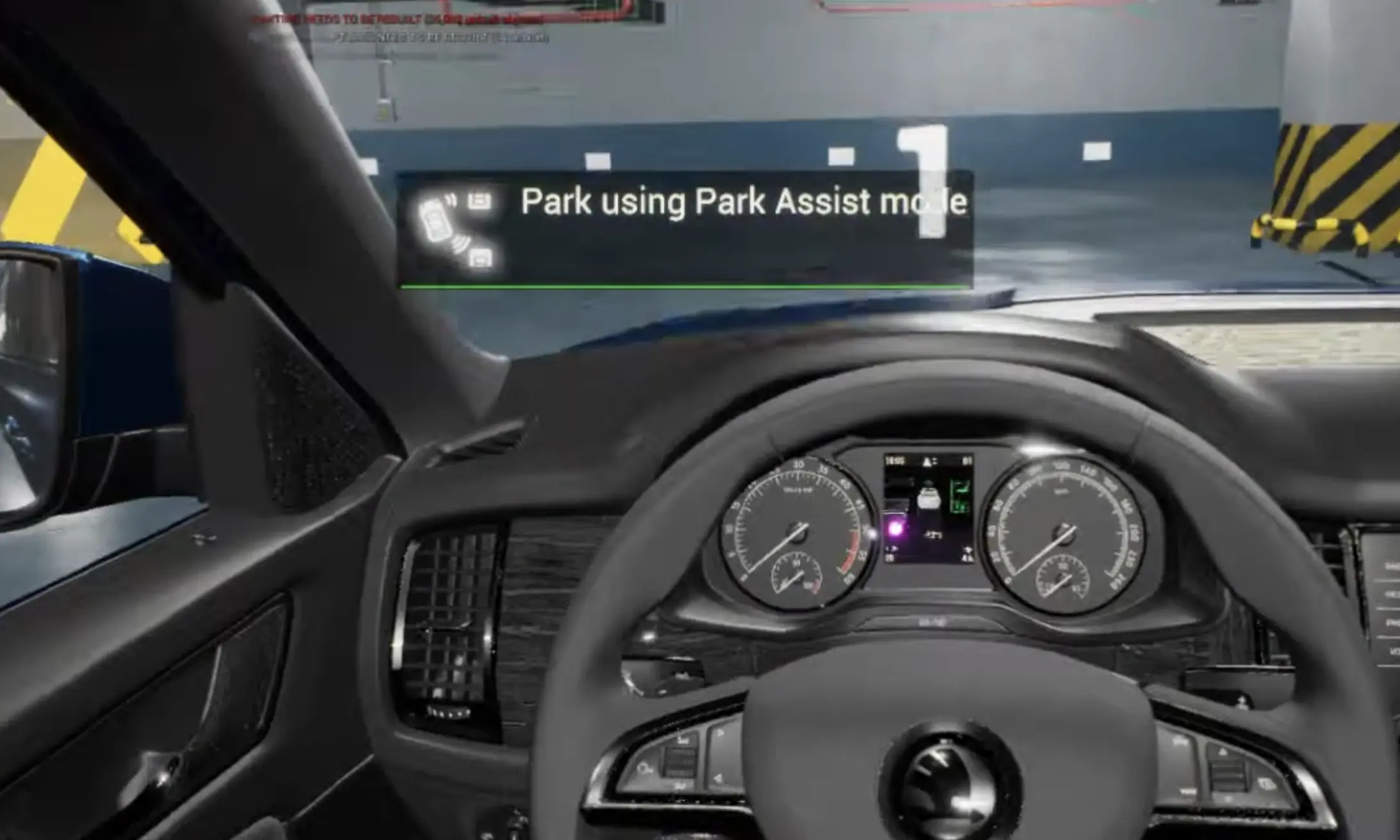
ServReality has collaborated with automotive giants Skoda (Volkswagen) and Ford to integrate VR and AR technologies into their services. The primary objective was to develop a VR vehicle simulator that allows customers to experience vehicles virtually, eliminating the need for physical interaction and minimizing risks. Additionally, the project aimed to enhance both exterior and interior 3D designs with specific compositional details to improve the product before its final release and sales.
Virtual reality is transforming the automotive industry by enhancing design, manufacturing, and customer experience. Automakers and dealers leverage VR to create immersive showrooms, allowing customers to explore vehicle interiors and exteriors, customize features, and even take virtual test drives—all without stepping into a physical dealership. This technology streamlines decision-making, reduces costs, and improves customer engagement, making the car-buying process more efficient and interactive.
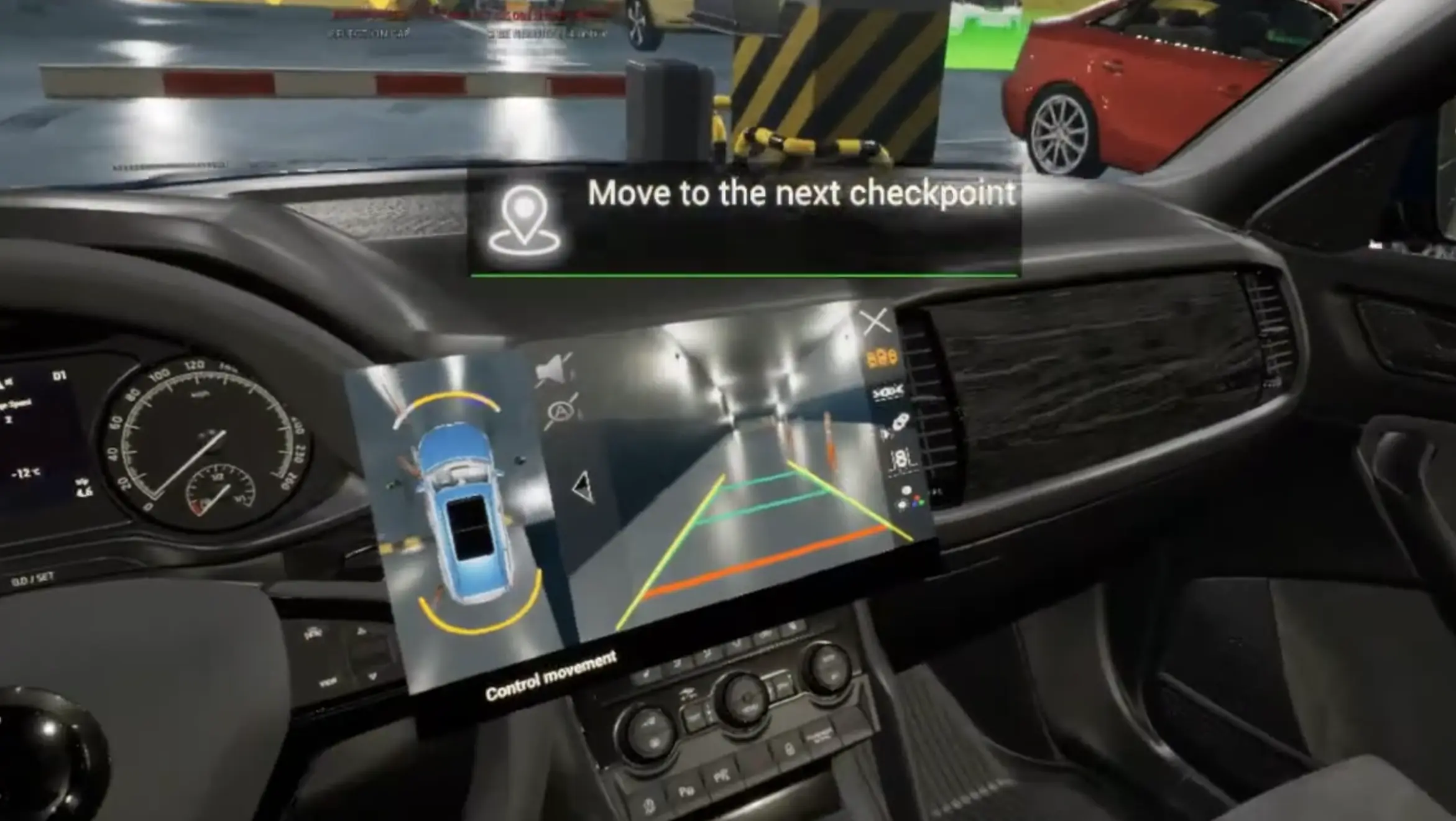
Revolutionizing the Automotive Industry with VR
Virtual reality is transforming the automotive industry by enhancing design, manufacturing, and customer experience. Automakers and dealers leverage VR to create immersive showrooms, allowing customers to explore vehicle interiors and exteriors, customize features, and even take virtual test drives—all without stepping into a physical dealership. This technology streamlines decision-making, reduces costs, and improves customer engagement, making the car-buying process more efficient and interactive.
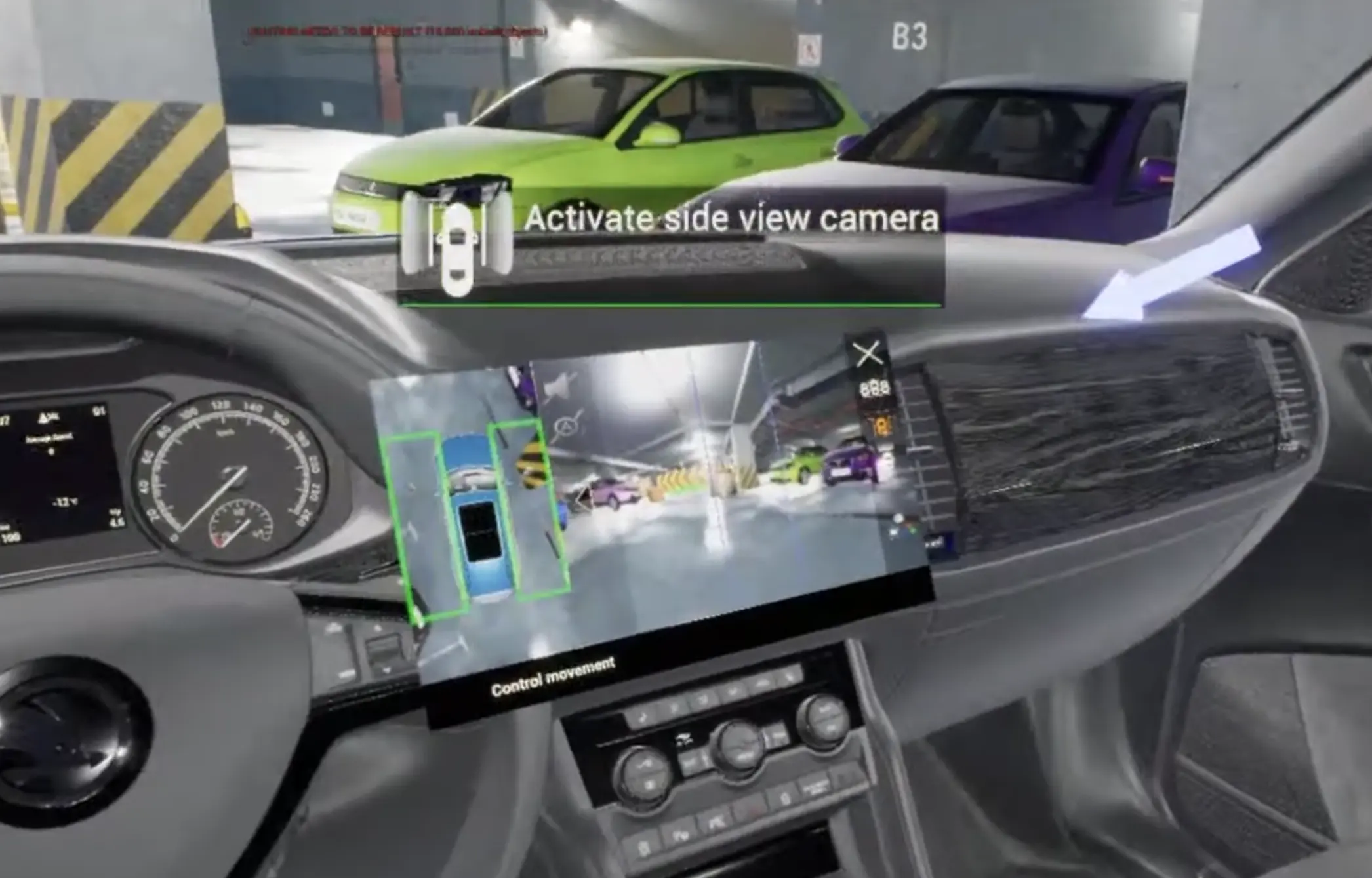
Virtual reality is redefining how vehicles are designed, marketed, and sold. By offering immersive 3D experiences, VR enables customers to explore car models, customize features, and take virtual test drives from anywhere. For manufacturers, VR streamlines design and prototyping, reducing costs and development time. This technology enhances customer engagement, accelerates decision-making, and optimizes the entire automotive sales process.
TEAM:
- 3d animators, architects
- Data manager
- Senior developers (C++, C#, Unreal Engine)
- Business analyst
- QA
- Project managers
STACK:
- Unity 3D / Unreal Engine
- C# / C++
- VR SDKs (HTC Vive SDK, PlayStation VR SDK, Oculus SDK, Google VR SDK, Samsung Gear VR SDK)
- Autodesk VRED / Siemens NX / CATIA
- Amazon S3 / Google Cloud Storage
- PostgreSQL / MongoDB
TIMINGS:
- five to six months from the idea-architecture phase and its constant adjustments
